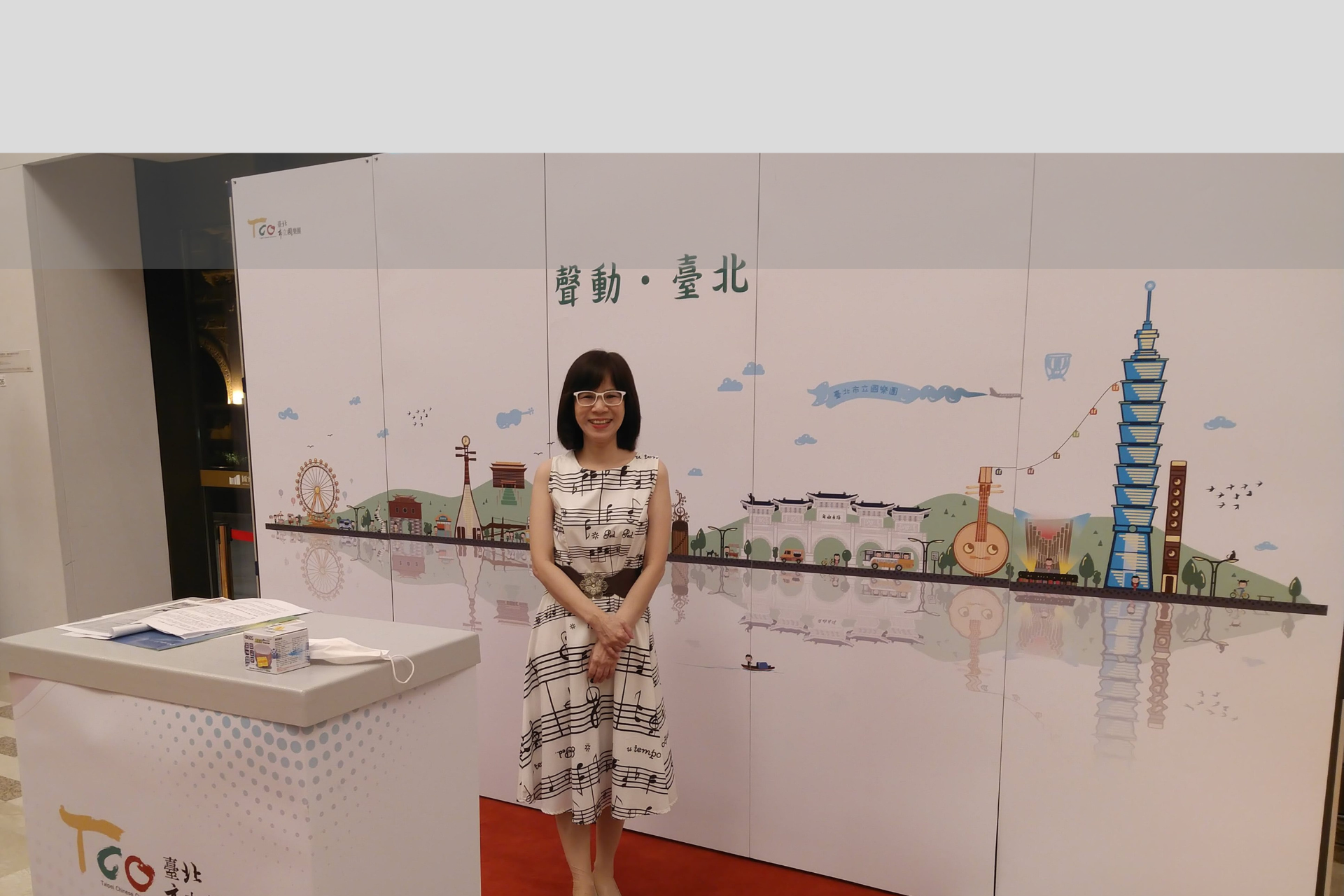Topic: Tonight, we journey into the heart of Song dynasty music and literature, where poetry was not merely written—it was sung. In the Song era, the ci form, also known as “tune-pattern poetry,” emerged as a fusion of lyrical elegance and musical structure. Each ci followed a fixed tune pattern, or cipai, guiding its rhythm, tone, and emotional contour. Among these, Shui Long Yin—“Water Dragon Chant”—became a favorite for expressing longing, heroism, and philosophical reflection.Our story begins with Li Zong’e (964–1012), a Northern Song scholar-official and son of Li Fang. Known for his integrity and intellect, Li Zong’e reformed court music, restored instruments, and compiled Yuezuan, a foundational text in Chinese music theory. His legacy bridges governance, literature, and sound.Tonight’s program features five distinct interpretations of Shui Long Yin:Chen Liang’s ci, sung by Li Yuanhua in Kunqu style, based on the Qing-era Sui Jin Ci Pu, revives the poetic-melodic bond of Song tradition.A guqin version performed by Li Xiangting evokes the spirit of Xin Qiji’s heroic lament.Dong Rongsen’s orchestral Shui Long Yin celebrates festive grandeur, blending tradition with modern ensemble.Ma Shui-long’s 1979 pipa solo reimagines the water dragon as a force of motion and myth.He Qirong’s 2020 zhongruan concerto, inspired by his daughter’s birth year, tells a tale of aquatic dance and paternal love.
